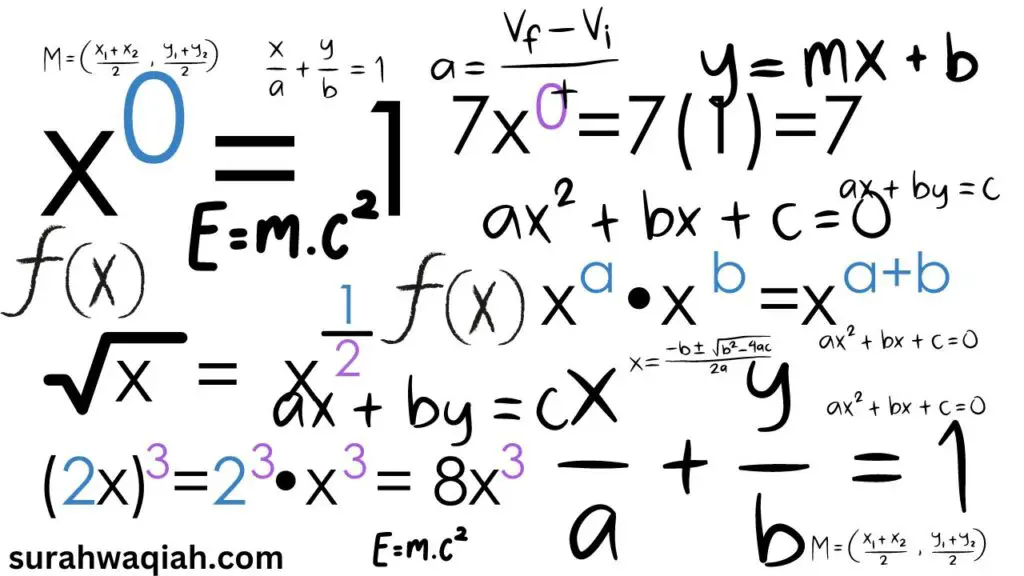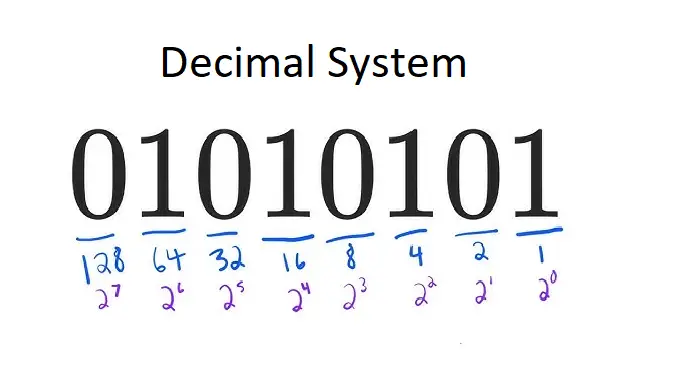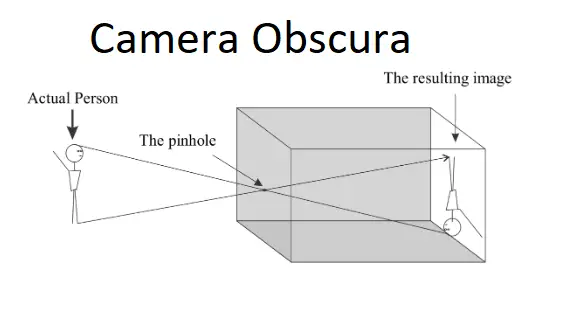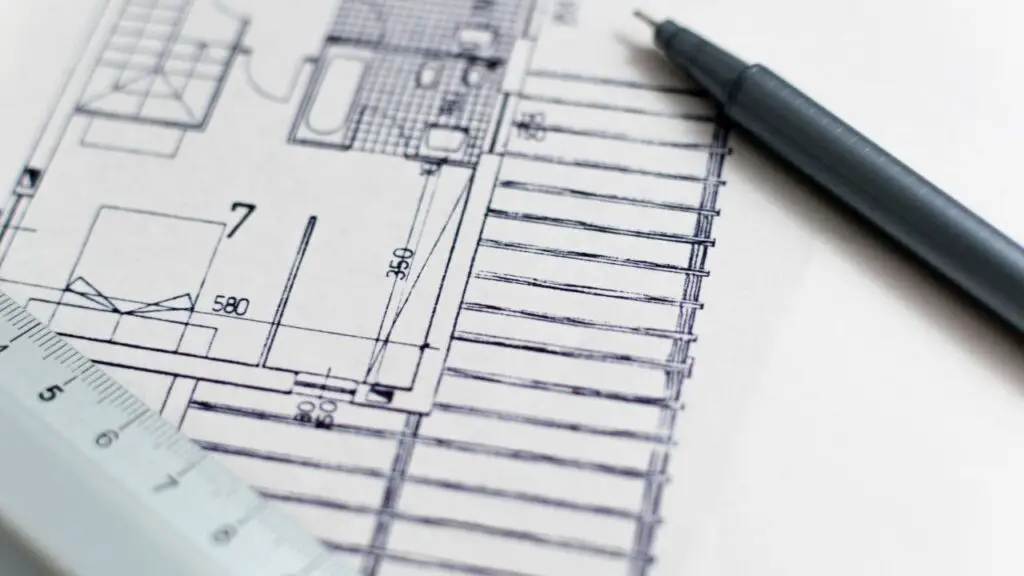
Muslim Inventions Since 610 A.D to 2023

More Articles
Introduction of Muslim Inventions
The history of human civilization is a tapestry woven together by the remarkable contributions of various cultures and civilizations throughout the ages. Among the many civilizations that have left an indelible mark on our world, the Islamic civilization stands out for its numerous and groundbreaking inventions. Spanning a vast period of time and geographic regions, these Muslim innovations have had a profound and lasting impact on science, technology, medicine, and culture. In this article, we will explore some of the most significant Muslim inventions that have shaped the course of human history.
Algebra
One of the most notable contributions of Muslim scholars to mathematics is algebra. The word “algebra” itself is derived from the Arabic word “al-jabr,” which was introduced by the Persian mathematician and scholar, Muhammad ibn Musa al-Khwarizmi, in the 9th century. Al-Khwarizmi’s book, “Al-Kitab al-Mukhtasar fi Hisab al-Jabr wal-Muqabala,” laid the foundation for modern algebraic concepts and equations. The development of algebra revolutionized mathematics, enabling complex problem-solving and paving the way for future advancements in fields such as physics and engineering.

The Decimal System and Arabic Numerals
The decimal system, which is fundamental to our modern numeric system, was developed by Islamic mathematicians. They introduced the concept of the number zero and the use of Arabic numerals, including the numerals 0 to 9. These numerals, known as “Hindu-Arabic numerals,” revolutionized mathematics and made calculations more efficient and accessible. The work of scholars like Al-Khwarizmi and Al-Kindi played a crucial role in spreading these numerals throughout the Islamic world and eventually to Europe.

Optics and the Camera Obscura
The field of optics saw significant advancements in the Islamic Golden Age, with contributions from scholars like Ibn al-Haytham (Alhazen). Ibn al-Haytham’s pioneering work on the principles of light and vision laid the foundation for modern optics. He is also credited with inventing the camera obscura, a precursor to the modern camera. The camera obscura was instrumental in understanding the science of optics and later became an essential tool in the development of photography.

What are ‘Muslim Inventions‘?
Muslim inventions refer to a wide range of innovations, discoveries, and contributions made by scholars, scientists, and inventors from the Islamic world. These innovations span various fields, including mathematics, astronomy, medicine, technology, and architecture.
When did Muslim inventions emerge?
Muslim inventions began to emerge during the Islamic Golden Age, which roughly spanned from the 8th to the 13th century. This period saw a flourishing of intellectual and scientific activity in the Islamic world.
Who were some notable Muslim inventors and scholars?
Some notable Muslim inventors and scholars include Ibn Sina (Avicenna) in medicine, Al-Khwarizmi in mathematics (the origin of the word “algebra”), Ibn al-Haytham in optics, and Al-Battani in astronomy, among many others.
What is the significance of algebra in Muslim inventions?
Algebra, developed by Muslim mathematician Al-Khwarizmi, is one of the most significant contributions. It laid the foundation for modern algebraic concepts, revolutionizing mathematics and enabling complex problem-solving in various fields.
How did Muslim scholars contribute to astronomy?
Muslim astronomers made significant contributions to the field of astronomy. They improved upon the works of Greek astronomers like Ptolemy, developed more accurate calendars, and created navigational instruments like the astrolabe for celestial navigation and timekeeping.
What is the legacy of Muslim inventions in the modern world?
The legacy of Muslim inventions is still evident in our modern world. Many of these innovations laid the foundation for contemporary scientific and technological advancements, and their influence can be seen in fields like mathematics, medicine, architecture, and more.
Surgical Instruments and Medical Innovations
Medicine was another field in which Muslim scholars made remarkable contributions. The renowned Persian physician Ibn Sina, also known as Avicenna, wrote the monumental medical encyclopedia “The Canon of Medicine,” which became the standard reference in the field for centuries. Islamic physicians also developed innovative surgical instruments, some of which are still in use today. They made significant advancements in pharmacology, anatomy, and the understanding of diseases, contributing to the progress of modern medicine.

Astronomy and Navigation
Muslim astronomers made groundbreaking discoveries in the field of astronomy. The astrolabe, an instrument used for celestial navigation and timekeeping, was invented by Islamic scholars. They also refined and expanded upon the work of Greek astronomers like Ptolemy, contributing to our understanding of the cosmos. The work of astronomers such as Al-Battani and Al-Zarqali helped develop more accurate calendars and improved navigation techniques, which were crucial for long-distance trade and exploration.

Papermaking
The process of papermaking, which is essential for the dissemination of knowledge through books and documents, was greatly improved by Muslim inventors. Papermaking techniques were acquired from China and then refined in Islamic regions. The availability of paper facilitated the spread of learning, leading to the establishment of libraries and centers of scholarship in cities like Baghdad and Cordoba.

Windmills
Windmills, originally developed in Persia (modern-day Iran), were used for various purposes, including grinding grain and pumping water. These ingenious machines were later adopted by other cultures and played a significant role in improving agricultural productivity and water management.

Coffee and the Coffeehouse Culture
The consumption of coffee, known as “qahwa” in Arabic, has a long history in Islamic culture. The coffee plant was cultivated and brewed as a beverage in the Arab world, and by the 15th century, coffeehouses had become centers of intellectual and social activity. The spread of coffee and the establishment of coffeehouses had a profound impact on the exchange of ideas and the development of modern café culture.

Architecture and Engineering
Islamic architecture is renowned for its intricate designs, geometric patterns, and innovative building techniques. The construction of magnificent mosques, palaces, and madrasas (educational institutions) showcased the skills of Muslim architects and engineers. Notable examples include the Hagia Sophia in Istanbul and the Alhambra in Spain, which continue to inspire architects and designers to this day.

Conclusion of Muslim Inventions
The contributions of Muslim inventors and scholars have left an indelible mark on human civilization, spanning centuries and influencing various fields of knowledge. From mathematics and medicine to astronomy and architecture, these inventions and innovations have not only enriched our understanding of the world but have also shaped the way we live, work, and interact with each other. Acknowledging and appreciating these contributions is essential for a more comprehensive understanding of the shared history of humanity and the interconnectedness of cultures across time and space. Muslim inventors have truly played a pivotal role in the progress of our world, and their legacy continues to shine brightly in the annals of history.
Faqs About Muslim Inventions
What is the importance of Arabic numerals in Muslim inventions?
Arabic numerals, introduced by Islamic mathematicians, include the numerals 0 to 9 and are the basis of our modern numeric system. They revolutionized mathematics, making calculations more efficient and accessible.
What role did Islamic physicians play in medicine and medical inventions?
Islamic physicians like Ibn Sina (Avicenna) made significant advancements in medicine. Their contributions include the development of surgical instruments, pharmacology, and the understanding of diseases. Ibn Sina’s work, “The Canon of Medicine,” was a standard reference for centuries.
How did Muslim scholars contribute to optics and the development of the camera obscura?
Ibn al-Haytham, a Muslim scholar, made pioneering contributions to optics and is credited with inventing the camera obscura. His work laid the foundation for our understanding of light, vision, and the science of optics.
What are some examples of Islamic architectural innovations?
Islamic architecture is known for intricate designs, geometric patterns, and innovative building techniques. Examples include the Hagia Sophia in Istanbul, the Alhambra in Spain, and the use of the pointed arch and dome in mosque architecture.
How did coffee and coffeehouses influence Muslim culture?
Coffee, known as “qahwa” in Arabic, was cultivated and brewed as a beverage in the Arab world. By the 15th century, coffeehouses had become centers of intellectual and social activity, fostering the exchange of ideas and the development of café culture.
Why is it important to recognize Muslim inventions?
Recognizing Muslim inventions is essential to acknowledge the rich and diverse history of human civilization. These innovations have had a profound and lasting impact on various aspects of our lives, from science and technology to culture and arts, and have contributed to the global heritage of knowledge.





